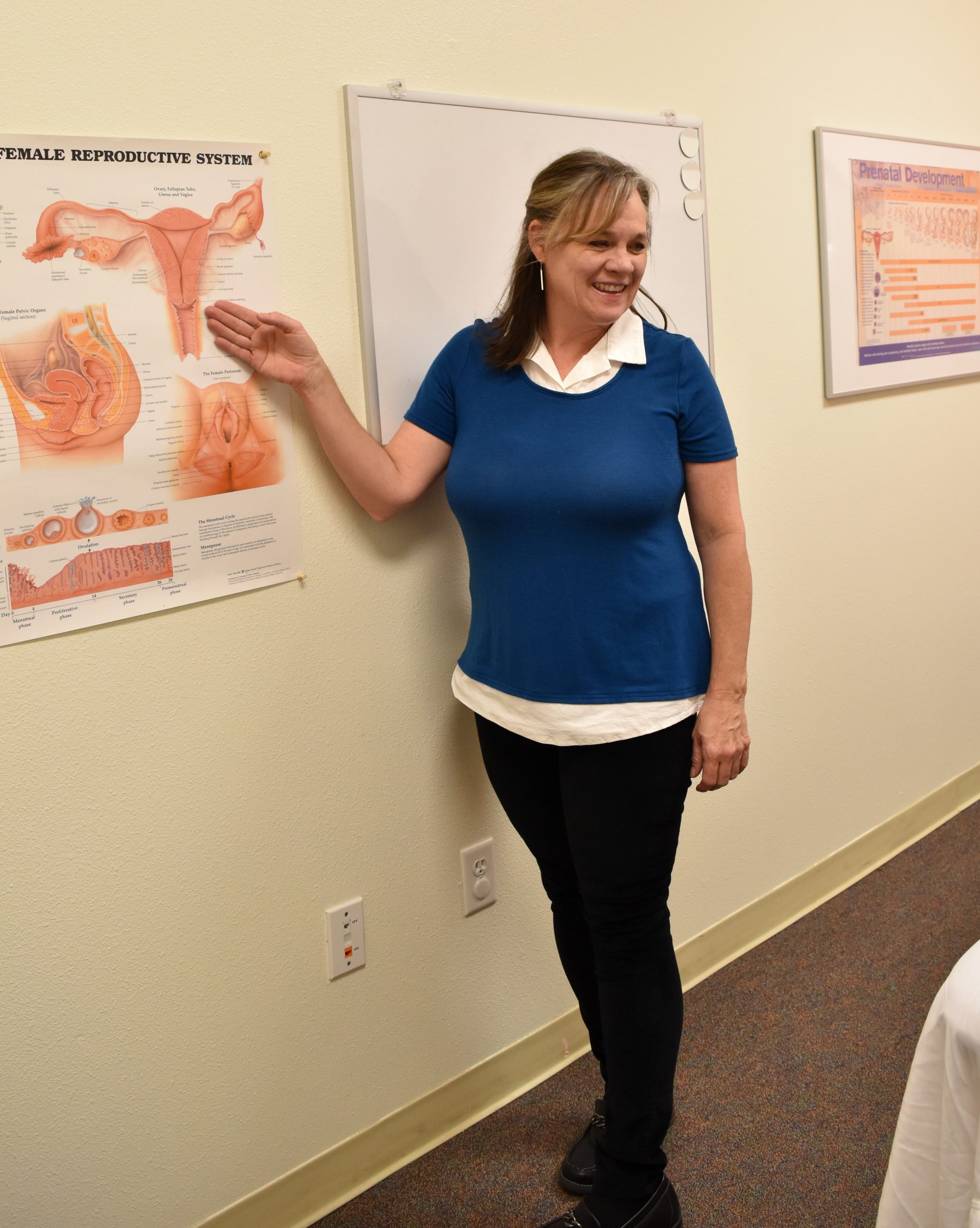One of the biggest issues I have come across over the last 11 years doing this unique work is that most people have no idea what pelvic floor physical therapy is and how it can help them. They walk into my office with very little understanding of what an assessment and follow up treatments might look like. So, in this introduction, I am going to cover a little bit about what pelvic floor physical therapy is, and what is involved in becoming a client.
Background
As a profession, physical therapists assess and treat the muscles, bone and other connective tissues of the body. We explore and investigate how the structures might be causing issues (i.e, pain/dysfunction) and how, with our specialized skills, we can help rehabilitate these structures and get people back to doing what they love to do.
In Pelvic Floor Physical Therapy, we are still addressing muscles, bones and connective tissues, but those which are very specific to the pelvic floor. The BIG difference here is the fact that since these structures are in an area of the body that most people consider private or hidden, they tend not to think that these structures, when injured or dysfunctional, might benefit from physical therapy.
When someone is having pelvic floor dysfunction, most likely they are experiencing problems with sensitive topics such as urination, bowel movements, penetrative pain (sexual activity) and/or pelvic pain. So, when a client comes into my office for an assessment and treatment, my chief objective is to figure out how to restore function and reduce pain levels that are originating in the pelvic region. We all feel better and have better days and nights when urination and bowel movements are pain free, regular, and sexual activity is pain-free and pleasurable.
As I said in the beginning, consulting with a pelvic physical therapist is usually a “first” for most people. It is my opinion that most could benefit from a consultation with a pelvic physical therapist and should at least know that we exist when they have pain or dysfunction involving their bladder, bowel, or sexual activity.


Your First Visit
My process here at Gaia Physical Therapy is pretty simple. After filling out some paperwork, we start the conversation. Before we get started with too many personal questions, I ask permission to ask. I want people to feel comfortable and safe in sharing their story right from the get-go. I know it takes a lot of courage to come to see me. If you give me the “OK” to continue with my questioning, I hear you out as your share your story.
On the first visit, you might wonder (or worry) whether I am going to do an internal assessment of the pelvic floor. Probably 95% of the time, I don’t, and will wait until the second visit. I don’t do the internal pelvic floor assessment on the first visit for the sole reason that most people have no idea what is involved in pelvic physical therapy—plus they have just met me. In this space, it is important to cultivate a level of trust around someone who is going to ask private questions and possibly do an internal assessment of their pelvic floor. However, I do explain in detail what the internal assessment looks like, so that when you come back on the second visit, we’re both on the same page.
On the first visit, you will also receive a lot of education about your particular issue, whether it is bladder, bowel, painful sex or pelvic pain. I cover this information thoroughly so that by the second visit, if you give me consent to do that internal assessment, you are now an active participant in this physical therapy session, and we will both be applying that knowledge to your body.
So… what if you don’t want the internal assessment done? Good question. On my consent form, there’s a space where you can clearly state that you only want external work done. This is a two-way therapeutic relationship where I respect where you are in your healing process. Your goals and the plan of care will be discussed regularly. In general, I typically like to see some improvement of your symptoms by visit number six.